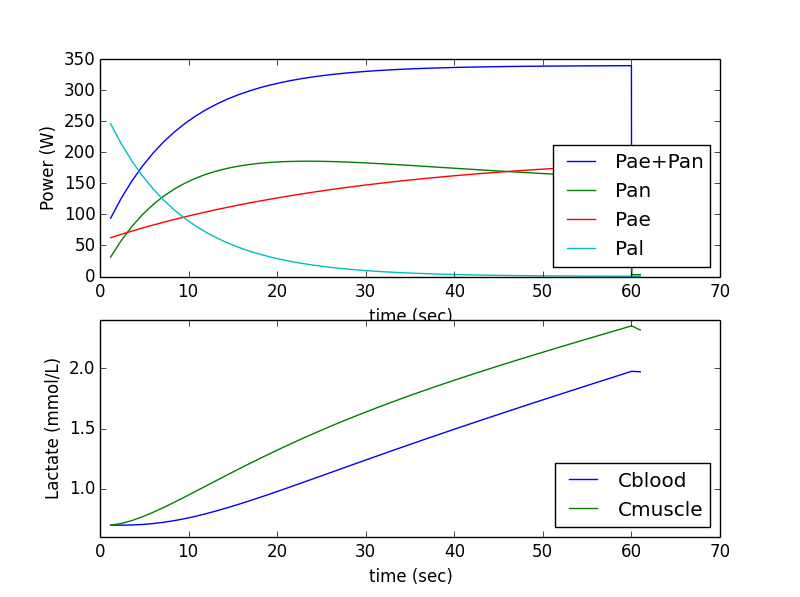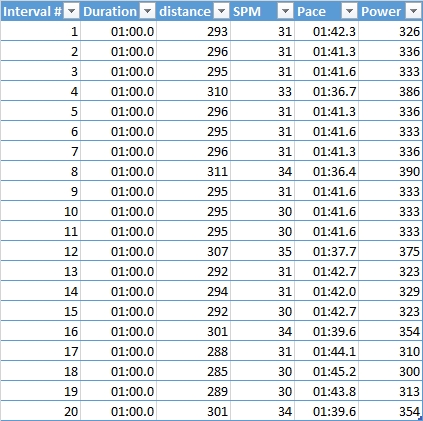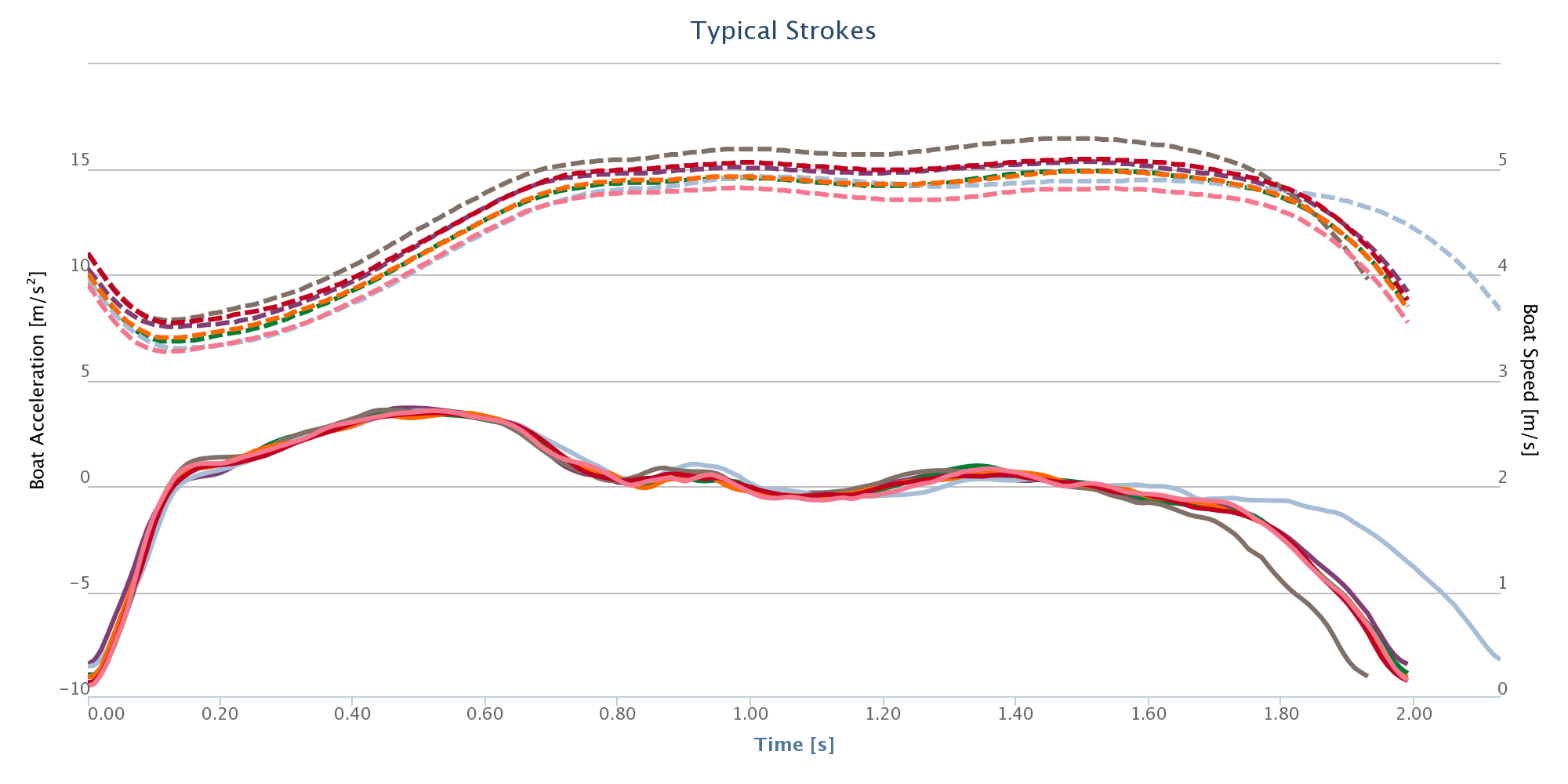Dec 28 2015
Blowing the cobwebs off the lactate system
Quantified Training – the Theory
As I am slowly rereading the book by Olbrecht, the jigsaw pieces are starting to make sense and the picture emerges.
As with many books written by a person with a lot of field experience, the information density is high, and the author doesn’t take any shortcuts. That means the reader has to work hard. It also means that it doesn’t make sense to just copy a workout from a table in the book and think you are fine.
His basic message, as I understand it:
- Understand what kind of athlete you are in terms of how the three energy systems (alactic anaerobic, lactic anaerobic, aerobic) are employed as a function of workout duration and intensity
- Determine your strengths and weaknesses (in terms of the energy systems) , keeping the race distance in mind.
- Design a periodized training plan that trains the different energy systems at the right time in the season, relative to the important events.
- Measure how your fitness evolves and adjust the plan accordingly
It seems simple but there is a lot of details that you have to pay attention to. I like the data driven approach. I like how it is not a one for all recipe. I like how training changes from a rojabo black box to something that you can think about, design, test, and evaluate.
I also like how the approach is compatible with a 80/20 polarised training plan and can be just a refinement of the plan I designed in September.
I am at the end of a training block with pure focus on (in Olbrecht’s terms) endurance capacity building. I am an aerobic diesel, which means that I have quite low lactate values. My aerobic engine is ok, but my anaerobic/lactate producing system doesn’t seem to be running at it’s max power. So I am adding what Olbrecht calls Anaerobic Capacity workouts to my 20%.
One of the workouts he suggests is a 20x1min/1 min rest. Another thing that Olbrecht writes is that you have to be very careful when copying workouts. You have to know yourself and understand which energy system dominates when you do the workout. (Just like yesterday’s 6km run with my daughter, at 6 min/km pace, was a very easy recovery run for me but a near threshold workout for her.)
Another remark he makes frequently is that for athletes with a good aerobic but weak lactate producing energy system, the same workout will result in lower lactate concentrations than if it was done by a sprinter type. That’s me. My 3mmol/L is the other guy’s 8 mmol/L.
Here’s a graph that shows what I think is going on in my body when doing one interval of this workout:

The top graph shows the three energy systems and the bottom one shows lactate concentrations. Looking at the green line, the Anaerobic lactic energy system peaks after 20 seconds, then starts to drop slightly as my aerobic system takes over. This results in quite low lactate values. In subsequent intervals they will increase to about 3 mmol/L but that’s about it. I estimate that about 45% of the energy comes from the lactate producing energy system.
This is at 340W. If I would be able to row the exercise at higher power, this percentage would increase. It is also essential to have long enough rests to make sure that the subsequent intervals do not turn into an aerobic energy system exercise.
The workout – practice
So a 20x1min/1min rest seemed a promising workout to me. Now on to the execution. I couldn’t use RowPro today. It keeps crashing about 20 seconds after I start it up. I don’t know what’s going on. If this continues, an email will go out to the developers, but I don’t want to bother them in this time of the year. It does mean good-bye to colorful graphs, though.
The upside of this, for me, was that I could just program 1 min work / 1 min rest in the PM3 and be flexible. The instruction was “high intensity but submaximal” but to ensure kicking on the lactate system I would have to be above 300W. I also planned to do every 4th interval full out, so I wasn’t sure if I wouldn’t handle down before the 20th interval. Here are the results:


I ended up doing something around 1:41-1:42 pace for the “regular” intervals and 1:36-1:37 for the fast ones. After 15 intervals I was having trouble to keep that pace, and you can see how the last 5 intervals are markedly slower.
It was fun to row (in a twisted, evil, painful way of course). I think I am going to repeat this workout next week.
Other “anaerobic capacity” workouts would be even shorter intervals, at higher power, with relatively long rest.
Nutrition
As I was the chef de cuisine during Christmas, I have to show some of the creations. My daughter took the pictures with her phone. She is not a professional food photographer, so you have to understand that it tasted even better than it looked.















Jan 11 2016
200m sprints with long rest
Day 1 of week 3 of a 5 week meso cycle involving “anaerobic capacity” trainings. These are the most unknown to me. I know how a threshold workout looks like. I know how Pete Plan intervals look like. But these ones are supposed to be short intervals with long rests. Difficult to get the work/rest ratio and the volume right. One guideline is that the workout should easily fit into one hour. Also, the interval shouldn’t be a full out sprint.
I contemplated doing this one for a few moments:
Looks like a bit too long for a true sprint and also takes more than 90 minutes to execute. Another time.
This week is going to be a high volume week but today I longed for a short workout. DOMS from yesterday’s run, and overall tired after a quite intensive weekend. So I dialed up 200m intervals at 2 minute rest. That’s a very luxuriously long rest.
Well, at least I did something and I will be rested for a day of long steady state tomorrow.
Again I rowed this on the PM3 using painsled to capture. This time it was a variable intervals workout with distance intervals. Apart from the graph (and a few other graphs), my spreadsheet generated this overview table:
Looks like I miss the last stroke on most of the intervals.
By sanderroosendaal • Uncategorized • 2 • Tags: anaerobic, concept2, erg, intervals, OTE, rowing, sprint, training